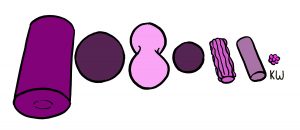
Have a spot on your body that is a constant achy nag? Maybe your upper back, forearm, feet, or neck? Wish you could get just a little 3-minute massage to that spot every day? Well my friend, you can! Heck, you can get a massage as often as you want with the help of the right equipment and the right amount of wall space or floor space. Oh, yeah, this is a self-care column. You’re going to have to do the massage yourself!
Tip: If you have a connective tissue disorder, diabetic neuropathy, musculoskeletal injury, moderate to severe pain, swelling, or bruising, or other circulatory, muscular, skeletal, or nerve condition, don’t use a roller or ball on it without approval from a trained health care provider. I mean it.
Introduction
Google “massage roller” or “myo-roller” and you will turn up a lot of helpful information and a lot of crap, often in the same post! Most of these posts do not cite any trustworthy source to back up their claims regarding the benefits of using foam rollers and balls. For research related to rollers, I’m going to cite only one article: The Effects Of Self-Myofascial Release Using A Foam Roll Or Roller Massager On Joint Range Of Motion, Muscle Recovery, And Performance: A Systematic Review, published in The International Journal Of Sports Physical Therapy. It’s 12 pages and a little boring, so to liven things up, I will also give you liberal doses of my opinions and experiences with Self Myofascial Release (SMR) as a professional artist, a massage therapist, and amateur SMR-ist.
“Self-myofascial release (SMR) is a popular intervention used by both rehabilitation and fitness professionals to enhance myofascial mobility.” Says the research article. Myofasciais the tough fibrous covering of muscles, bones, and some other musculoskeletal structures. Myofascia is essentially a more specific form of fascia, which is a form of your body’s connective tissue. Although the words mean slightly different things, people often use the terms myofascia, fascia, and connective tissue interchangeably.
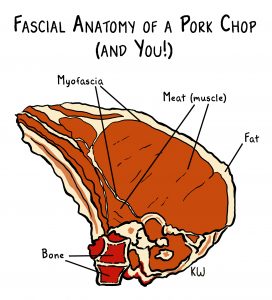
The next time you are eating a piece of meat, pause to look at the tough, flat, whitish structures that add to the texture and tastiness (or toughness) of your meal. That’s myofascia! SMR is said to “break it down”, soften it, make it more mobile, promote blood flow to fascia and muscles, and more. There is still a lot of debate about the exact ways that SMR effects connective tissues, so we are going to look at what SMR has been proven to do, what it may do for you, how to do it safely, and how to do it cheaply.
WHAT CAN SMR DO FOR YOU?
“…finding suggest that SMR using a foam roller … may be beneficial for enhancing joint flexibility as a pre-exercise warmup and cool down due to its short-term benefits. Also, that SMR may have better effects when combined with static stretching after exercise.”
Let’s think of you, comics makers, as creative athletes using your bodies intensely for comics-generating endurance activities. If rolling out enhances joint flexibility, then you may want to consider making rolling out part of your warm up routine (for that tight neck, wrist, whatever) before getting to work. If your joint stiffness is worse at the end of your creative day, perhaps consider adding rolling to the stretches that you are already doing post-work. (Because you are, of course, doing some end-of-the-day stretching, already!)
“The research suggests that foam rolling and roller massage after high intensity exercise does attenuate decrements in … muscle performance and reduces perceived pain in subjects …”
Because rolling out seems to keep muscles working better and with less pain after bouts of intense work, I like to roll out sometimes during drawing breaks throughout my day. I do a lot of rolling when I’m making a 24-Hour Comic. Keep in mind – these changes are temporary! As with exercise, one round of rolling won’t fix things forever.
ANECTODAL BENEFITS OF ROLLING
What I’m about to relate here is my opinion only and not documented research. Beyond the aforementioned benefits, I like to roll out because it feels relaxing. I do a lot of rolling because I feel looser and more relaxed afterwards. Rolling feels good! I can get back to drawing or writing feeling centered and refreshed. My favorite areas to roll are my neck (which seems to lessen my headache severity), back (for stiffness and spasm), and my drawing shoulder (for general chronic crankiness.)
EQUIPMENT: ROLLERS AND BALLS
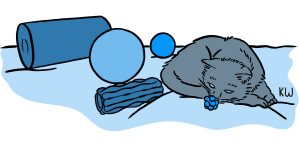
These are your primary tools. They come in many sizes. Larger equipment is going to give broader contact – great for easing out large muscle groups or areas that don’t need specific pressure. Smaller tools can be used to focus on specific areas or tender points. Smaller tools will often feel more intense. Harder equipment will supply more pressure, softer, less. You can experiment with combinations of size, shape, and firmness to find equipment that works for you.
MONEY
Amazon has rollers priced from around $7 to over $350! Balls range from around $6-$80! My advice is to stick with cheaper models. My faves are cheap Styrofoam. Sure, you can stick an expensive roller or ball in the freezer for some cryotherapy, but you could also freeze a plastic bottle of water to the same effect. Tennis balls, racket balls, super balls, even cat toy balls can work just fine, as long as they are not too slippery.
PRESSURE
Different bodies are different. Deeper/harder pressure isn’t necessarily best for everyone even if it is best for you. If rolling out is painful, it may be making things worse. The better you get at rolling out, the more efficient and targeted you will be with your pressure. I’ve seen people accomplish a lot with good technique and very little pressure. If you roll out your back on a very firm roller with a lot of pressure for an extended amount of time, you may make yourself sore the next day. I know, because I’ve done it!
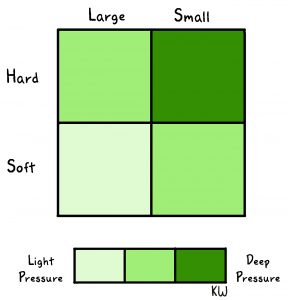
KNOBBED OR SMOOTHE?
Knobs add expense. I have seen no research on the therapeutic effect of knobbed equipment. Advertising suggests knobbed rollers or balls will help with locating pressure points. A smaller or harder tool will do the same and provide more specificity. I’ve also seen knobs advertised as stimulating blood flow, but I think that a smooth roller moving with continuous pressure over a body part will push fluids around more effectively than a knobbed roller that provides intermittent areas of deeper pressure. I think that digging in to a spot with a cheap small ball will squish fluids out of local tissues as well as expensive knobs. But heck, if you like knobs, go for it!
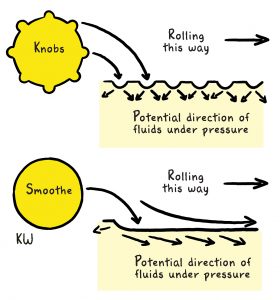
In part 2 of this article, we’ll look at specific techniques for rolling out body parts!


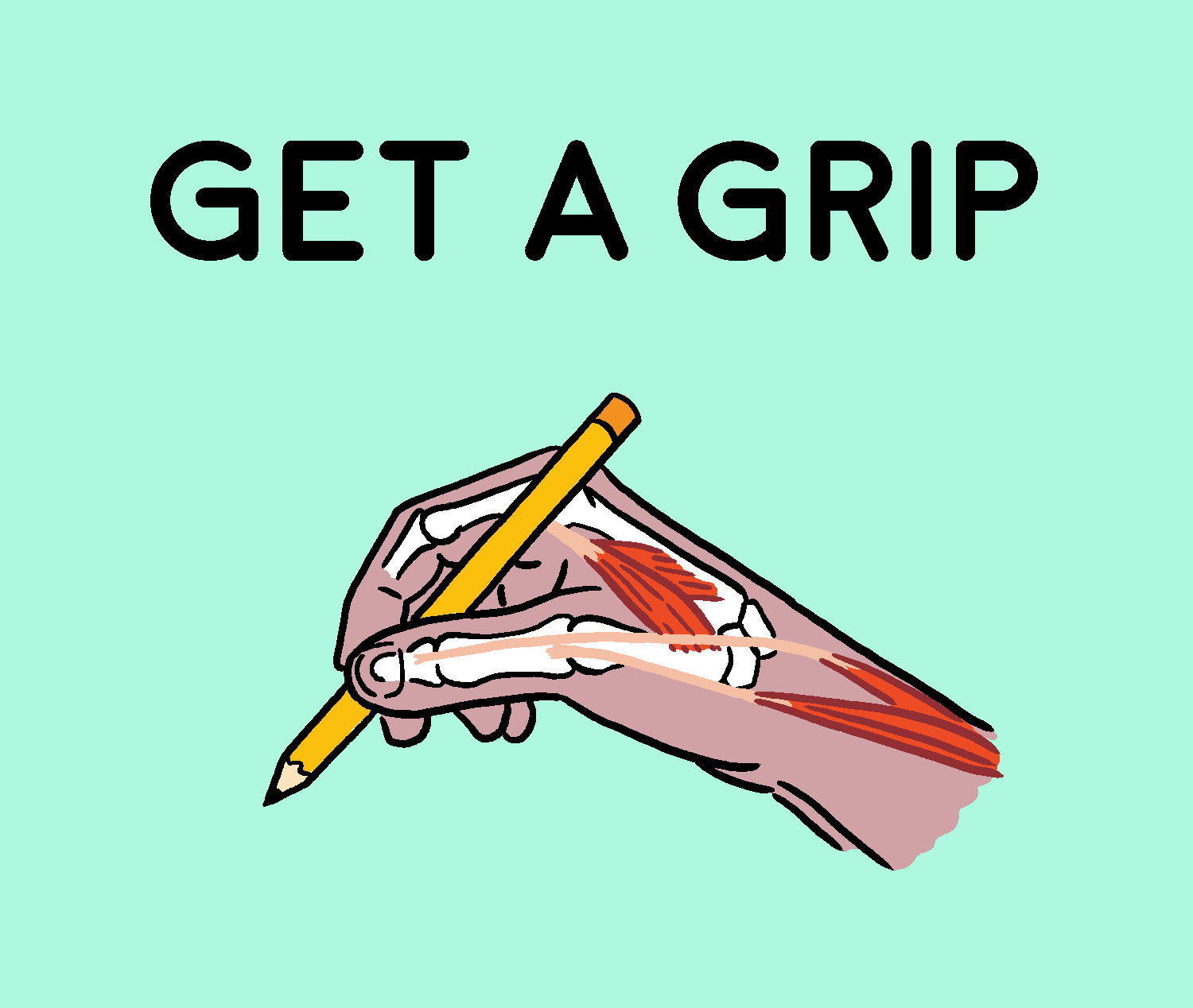






Comments are closed.